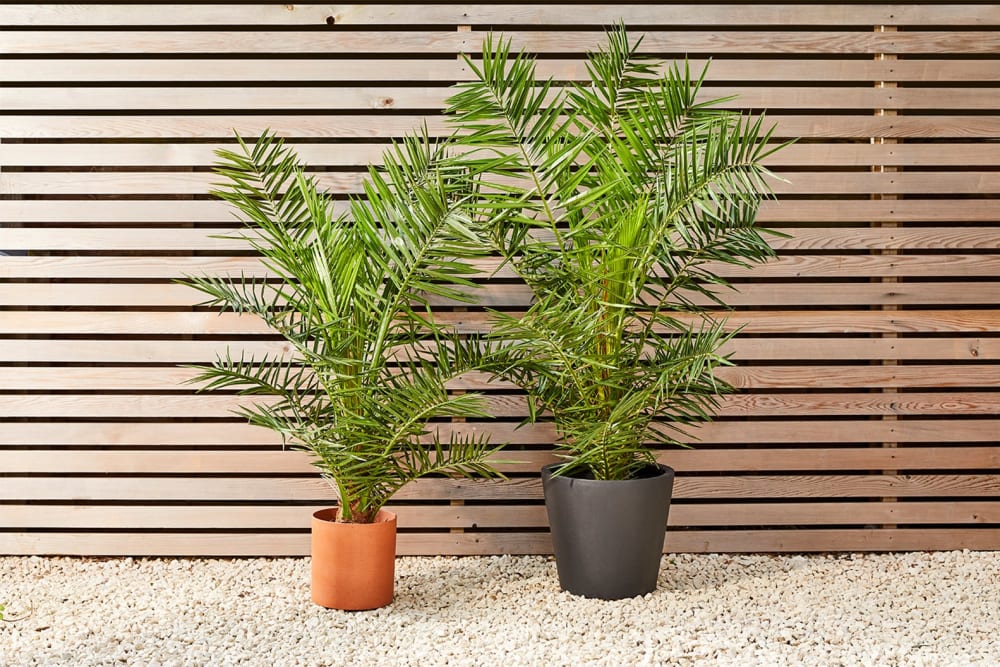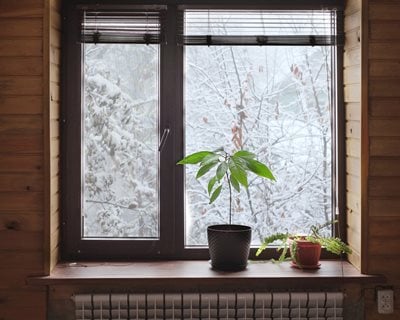To bring outdoor plants inside, follow these simple steps. First, choose plants that thrive in indoor environments and acclimate them gradually to their new surroundings.
As the temperature drops and the days grow shorter, it’s time to bring your outdoor plants inside. Whether you’re trying to save a favorite plant from the cold or simply want to add some greenery to your home, bringing outdoor plants inside can be a great way to liven up your space.
However, it’s important to choose the right plants and to make sure they’re properly acclimated to their new environment. We’ll give you some tips on how to bring outdoor plants inside and keep them healthy and happy all winter long.
The Benefits Of Indoor Greenery
Bringing outdoor plants inside can improve indoor air quality by naturally filtering pollutants and increasing oxygen levels. The presence of indoor greenery also enhances the aesthetic of your home, creating a calming and visually appealing environment. Additionally, indoor plants can help reduce stress, boost mood, and improve concentration, making them a valuable addition to any indoor space.
Identifying Outdoor Plants Suitable For Indoors
Not all outdoor plants can thrive indoors, but some can. When choosing which plants to bring inside, it’s important to consider their light and humidity requirements.
| Plant | Light Requirements | Humidity Preferences |
|---|---|---|
| Snake Plant | Low to bright indirect light | Low |
| Spider Plant | Bright, indirect light | Medium to high |
| Peace Lily | Low to medium indirect light | High |
Plants like snake plants can survive in low light conditions, while spider plants need bright, indirect light. Peace lilies can tolerate lower light levels but need high humidity. By assessing your plant’s light and humidity needs, you can make sure they will thrive indoors and bring a touch of the outdoors inside your home.
Preparing Plants For The Transition
Inspecting and treating for pests is a crucial step in bringing outdoor plants inside. Carefully examine each plant for any signs of pests, such as webs, holes, or discoloration. Treat any infested plants with a suitable insecticide or natural remedy to eliminate the pests. Pruning and cleaning the plants is also essential before bringing them indoors. Trim any dead or damaged leaves or branches to promote healthy growth. Use a damp cloth or sponge to gently wipe away any dust or dirt on the leaves. This will not only keep the plants looking their best, but also help prevent any pests from hitching a ride indoors. Taking these steps will ensure that your plants make a smooth transition and thrive in their new indoor environment.
Timing The Move
Timing the move of outdoor plants inside is crucial for their successful transition. The best seasons for this process are spring and fall, when the weather is mild and plants are naturally acclimating to changing conditions. Before bringing your plants indoors, it is important to monitor the weather conditions carefully. Look for a stretch of several days with temperatures consistently dropping below 50 degrees Fahrenheit. This will signal that it is time to move your plants inside to protect them from cold temperatures.
Acclimating Plants To Indoor Conditions
Bringing outdoor plants inside requires gradual light adjustment to help them acclimate to indoor conditions. Start by placing the plants in a shaded area and gradually expose them to indoor lighting over a period of several days. Additionally, regulate the temperature to mimic outdoor conditions, ensuring the plants are not exposed to drastic changes. Monitor the plants closely for any signs of stress or wilting, and make adjustments as needed to provide a comfortable transition. By following these steps, you can successfully acclimate your outdoor plants to thrive indoors.

Credit: www.patchplants.com
Potting And Soil Considerations
When bringing outdoor plants inside, choose the right container and suitable soil mix. Select a container with proper drainage to avoid overwatering. For soil mix, consider using a well-draining mix specifically formulated for indoor plants. The right container and soil mix are essential for the health and growth of your indoor plants.
Maintaining Healthy Plants Indoors
Watering Techniques: Ensure plants get adequate water without overwatering to prevent root rot.
Fertilizing Schedule: Feed plants with balanced liquid fertilizer every 2-4 weeks during growing season.

Credit: www.gardendesign.com
Troubleshooting Common Issues
When bringing outdoor plants inside, watch out for leaf drop. To address this, ensure adequate light indoors. Monitor plants closely to manage deficiencies.

Credit: www.foxtailandmoss.com
Frequently Asked Questions
How Can I Prepare My Outdoor Plants For Indoor Living?
To transition outdoor plants indoors, gradually acclimate them to lower light levels and indoor temperatures. Check for pests before bringing them inside, and consider repotting if necessary. Water plants according to their individual needs.
What Are Common Challenges When Moving Outdoor Plants Indoors?
Common challenges include adapting to lower light levels, adjusting watering schedules, dealing with pests, and ensuring proper humidity levels. Monitor the plants closely for any signs of stress or disease.
How Can I Maintain The Health Of Outdoor Plants Indoors?
Maintain plant health by providing adequate light, proper watering, and regular fertilization. Keep an eye out for pests and diseases, and address any issues promptly. Rotate plants occasionally to ensure even growth and prevent legginess.
Can Outdoor Plants Survive Indoors Permanently?
While some outdoor plants can thrive indoors permanently, others may struggle due to differences in light, humidity, and temperature. Research the specific needs of each plant and provide appropriate care to increase their chances of long-term survival.
Conclusion
Incorporating outdoor plants into your indoor space can enhance your environment. By bringing nature inside, you can enjoy the benefits of improved air quality and a sense of calmness. With proper care and attention, your indoor plants can thrive and bring beauty to your home.
Embrace the beauty of nature within your living space!
